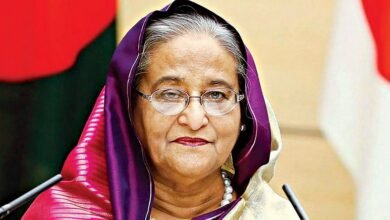Nepal introduces 3 Indian territories on map on new currency note, S Jaishankar responds, says unilateral decision

External Affairs Minister S Jaishankar has called out Nepal for taking matters “unilaterally” on their side after the neighbouring nation introduced a new Nepaless Rupee 100 currency note featuring three disputed Indian territories. Speaking at an event in Bhubaneswar, the minister said such a step by Nepal isn’t going to change the diplomatic situation between the two countries.
“I saw that report. I have not looked at it in detail, but I think our position is very clear. With Nepal, we were having discussions about our boundary matters through an established platform. And then in the middle of that, they unilaterally took some measures on their side. But by doing something on their side, they are not going to change the situation between us or the reality on the ground,” Jaishankar said, while speaking on ‘Why Bharat Matters’.
On Friday, Nepal announced the printing of a new Nepalese Rupee 100 currency note with a map showing the three territories of Lipulekh, Limpiyadhura and Kalapani, already termed as “untenable” and “artificial enlargement” by India.
“The cabinet approved to re-design the banknote of Nepalese Rupee 100 and replace the old map printed on the background of the bank note during the cabinet meetings held on April 25 and May 2,” Nepal government spokesperson Rekha Sharma told media after the meeting.
The diplomatic relationship between Nepal and India plummeted in 2020 after Nepal updated its map, adding the three territories. The country’s Ministry of Land Management by the Department of Survey claimed to have taken an accurate scale, projection and coordinate system before incorporating the territories. The move irked New Delhi as India included the territories in its November 2019 map.
The ties worsened even more after the inauguration of a road linking Kailash Mansarovar via Lipulekh on May 8, 2020, after which Nepal handed over a diplomatic note to India objecting to the move. Prior to the handover, Nepal had objected to India’s unilateral move to construct the road.
To this, the External Affairs Ministry said the road going through Uttarakhand’s Pithoragarh district “lies completely within the territory of India”.
Nepal shares a border of more than 1,850 km with five Indian states, including Uttarakhand, Uttar Pradesh, Bengal, Bihar and Sikkim.
Source link



